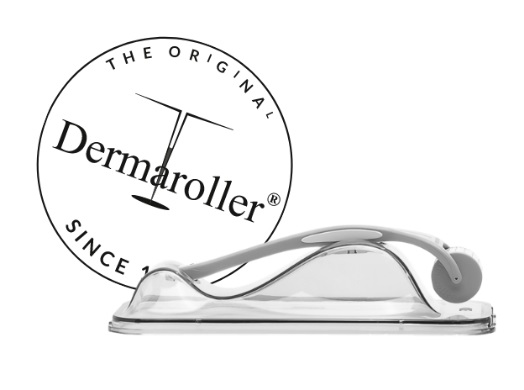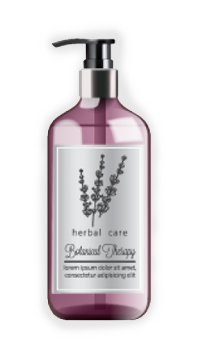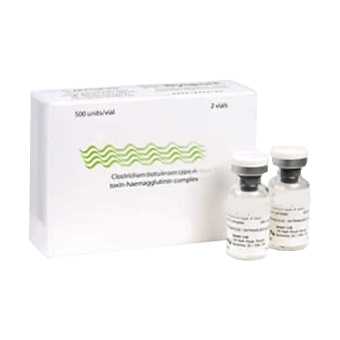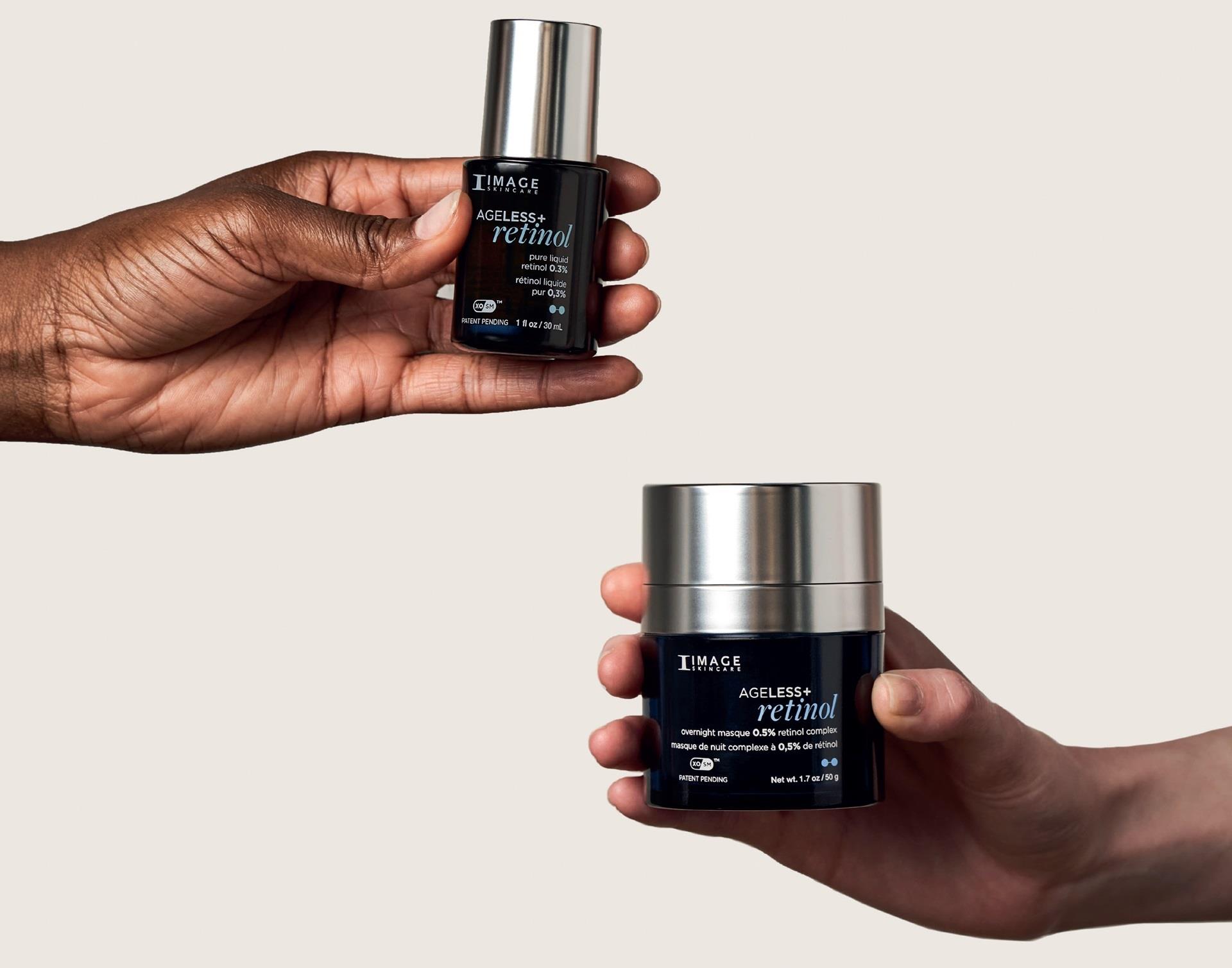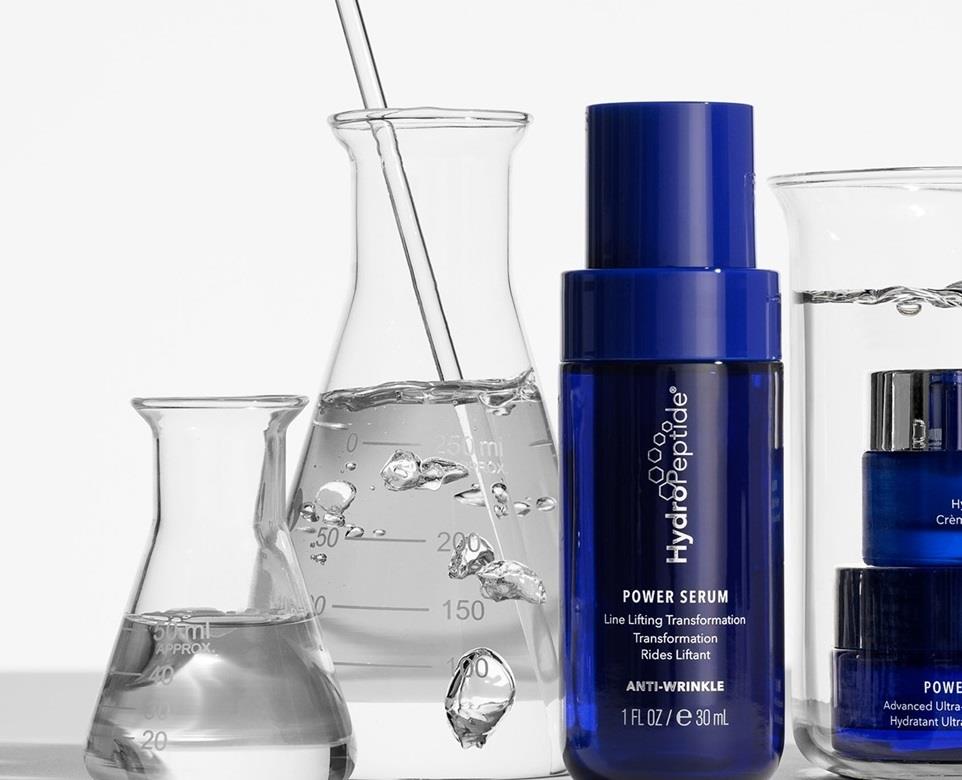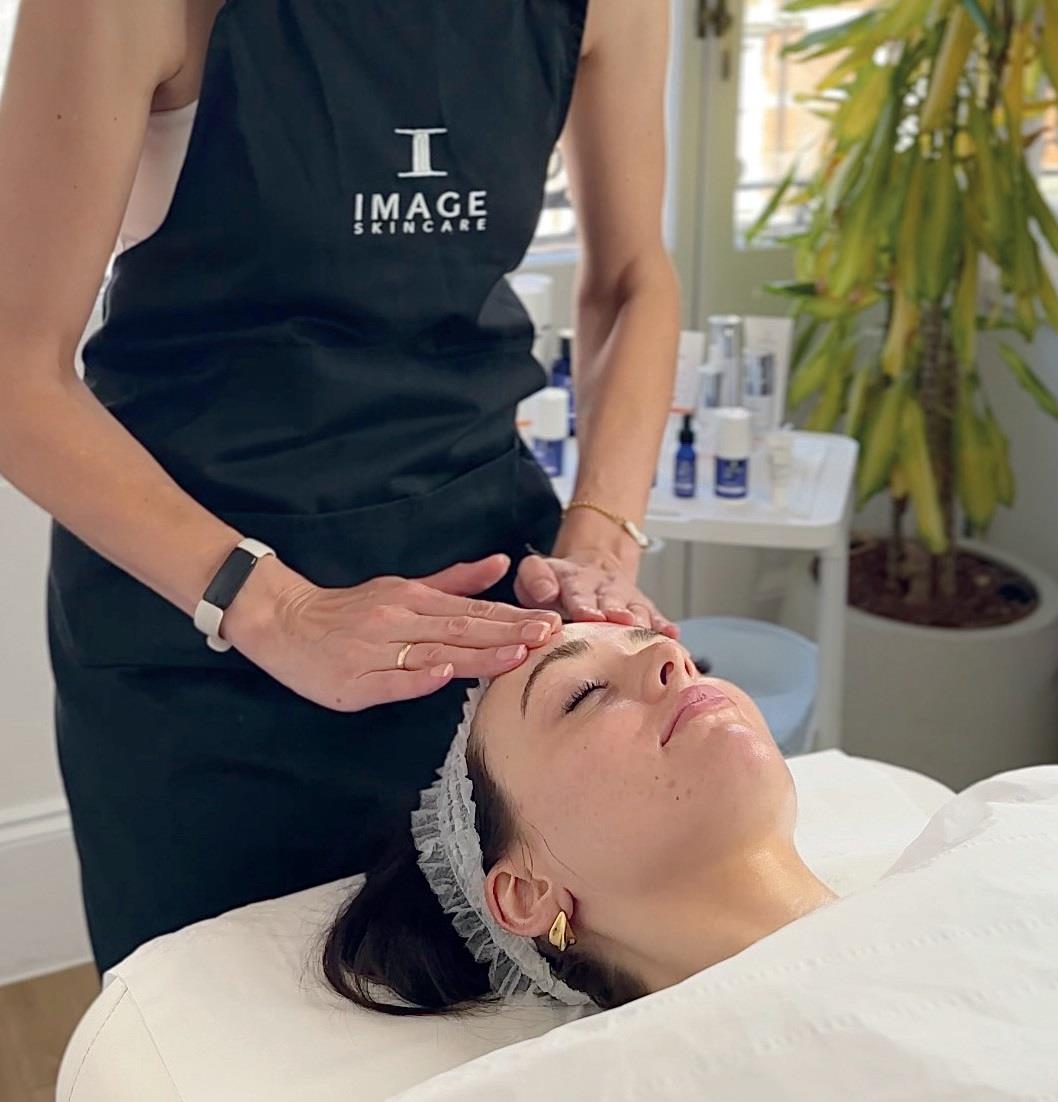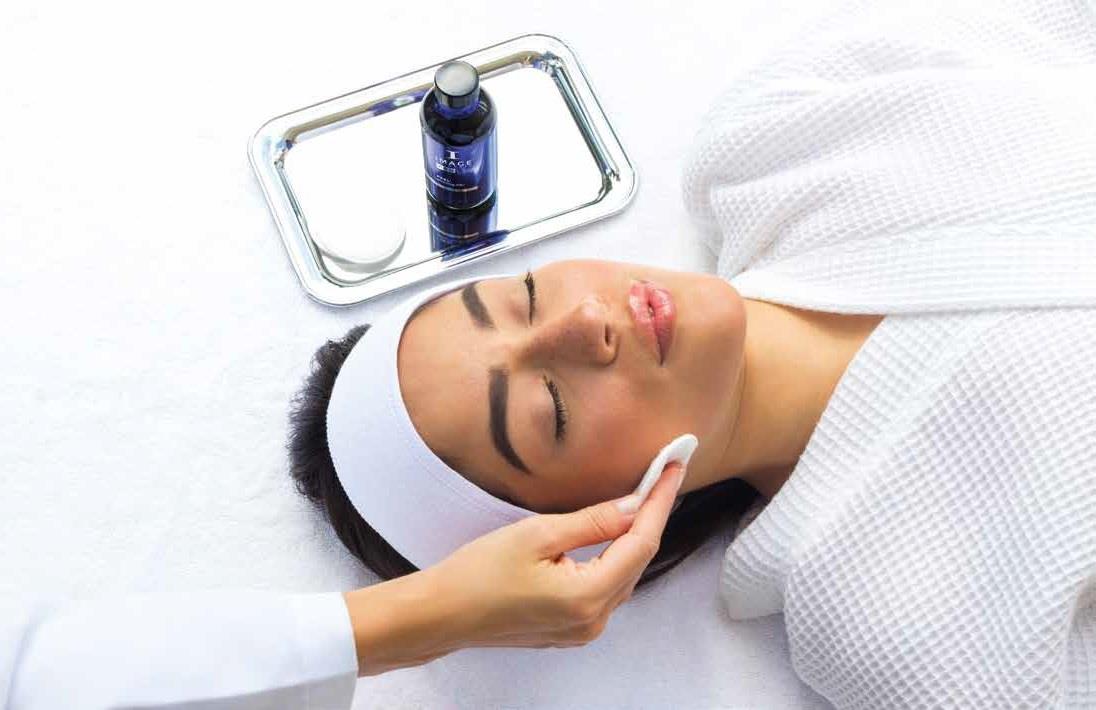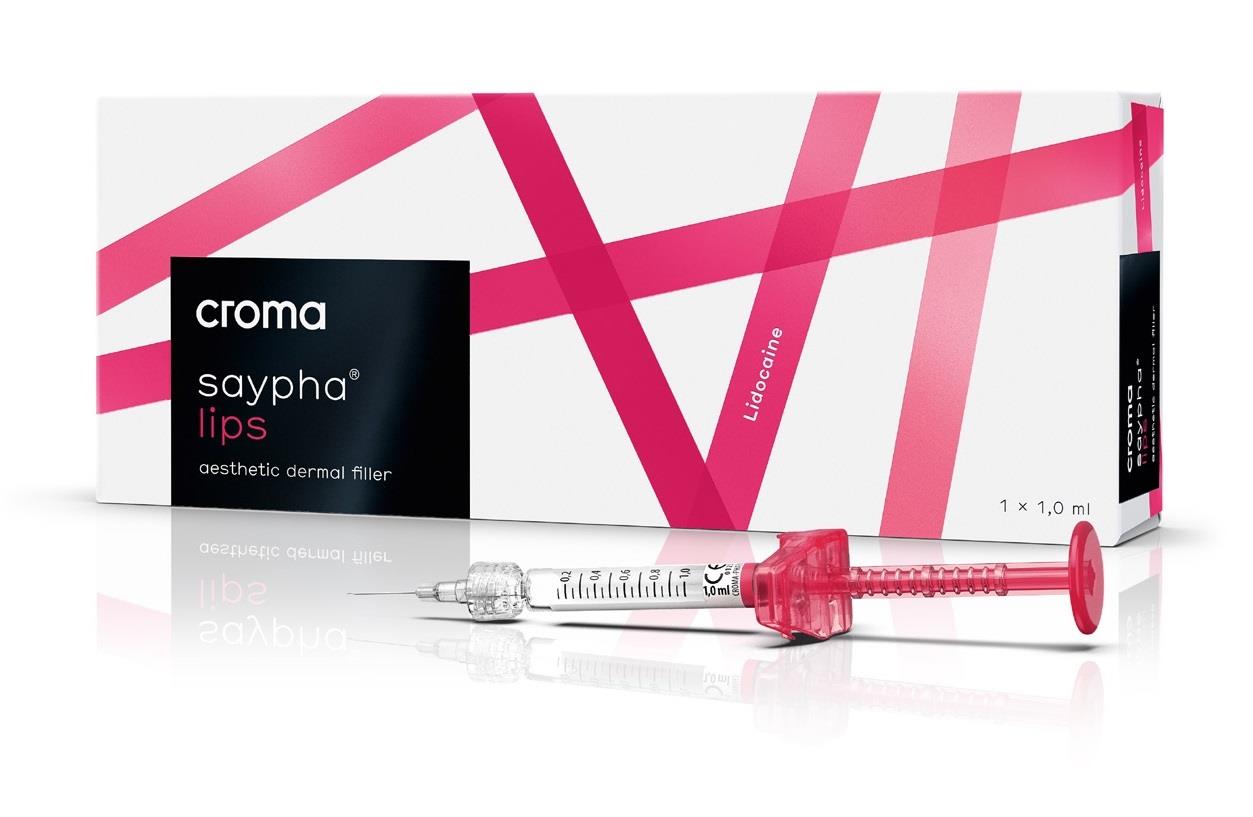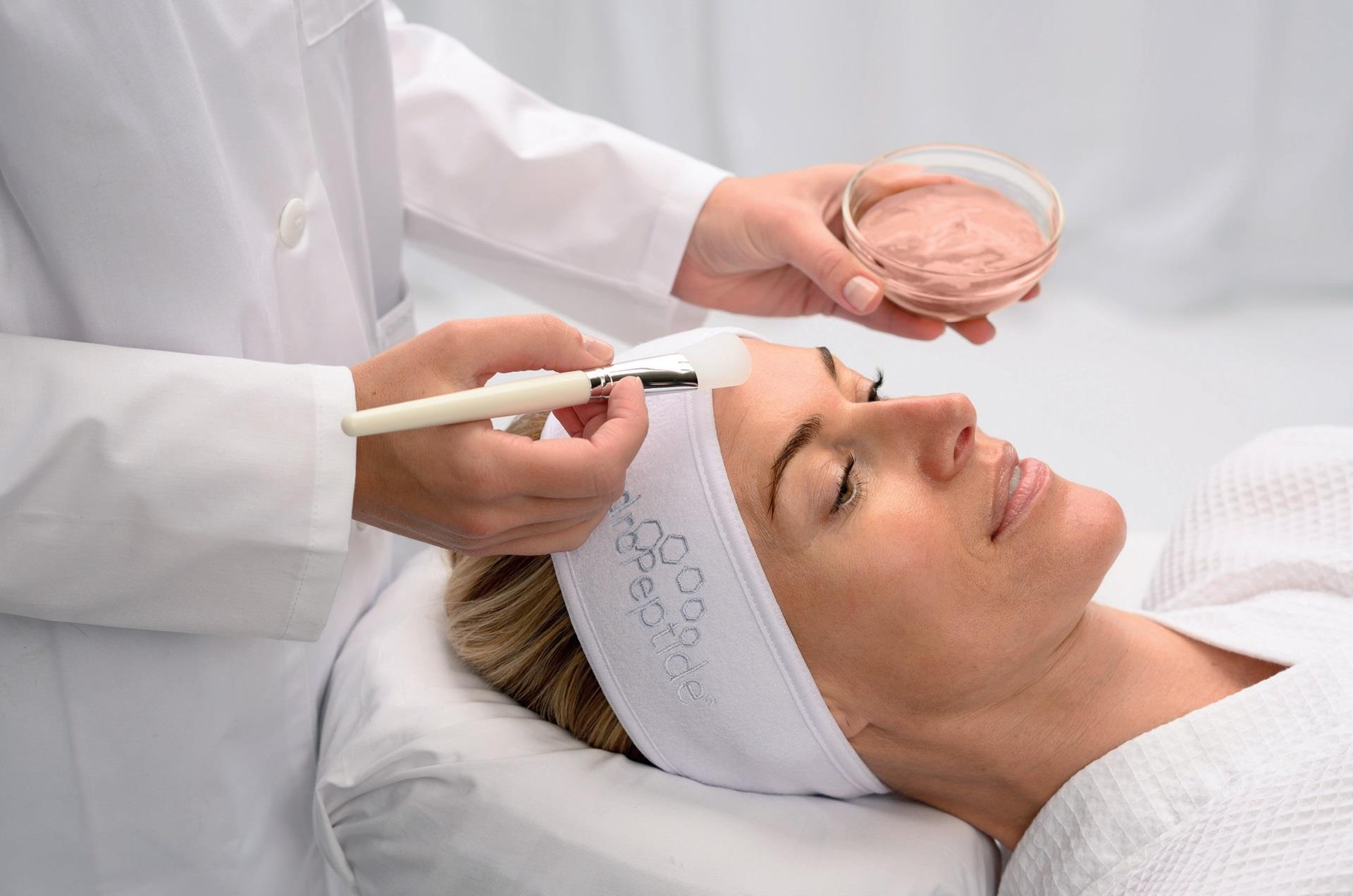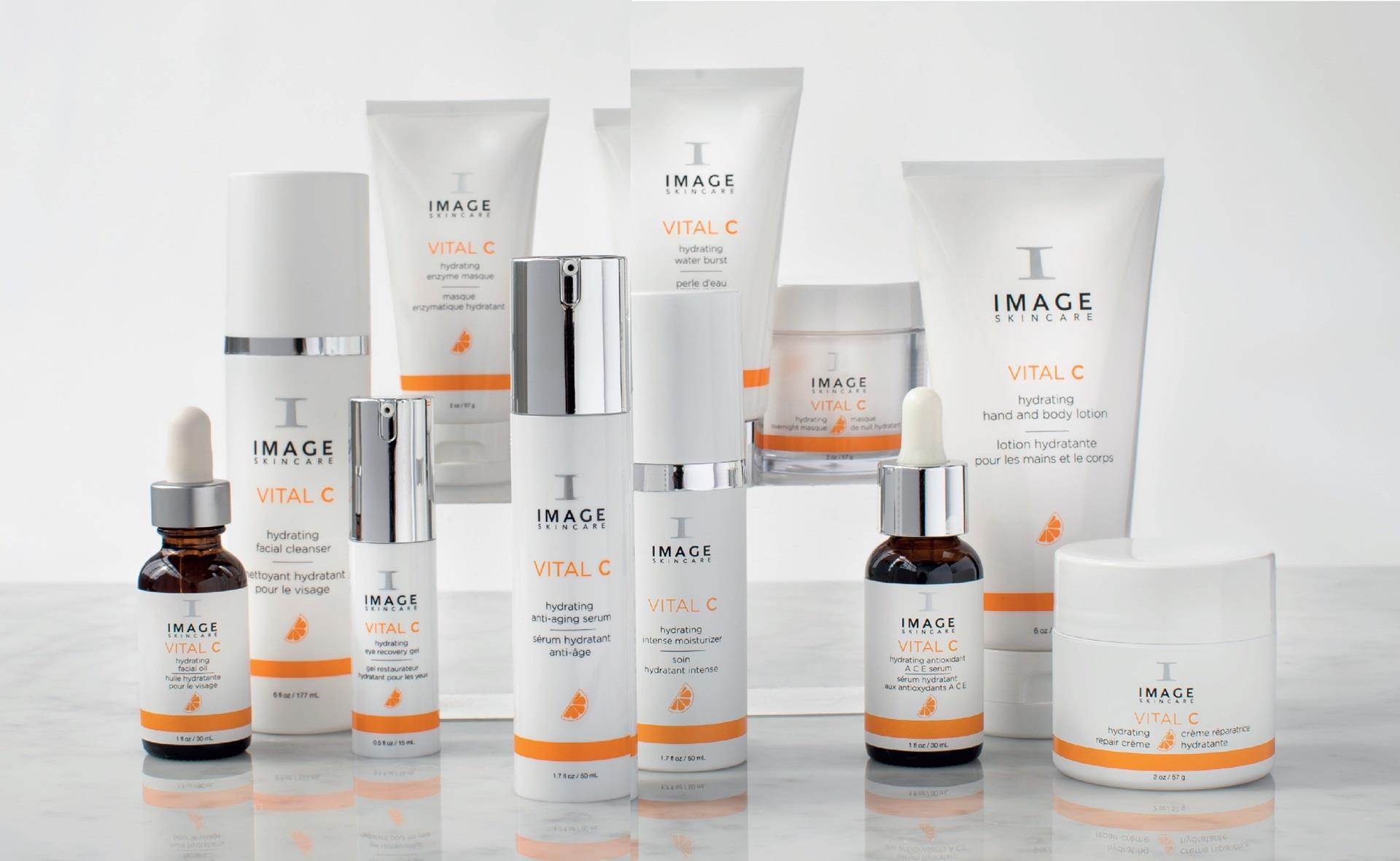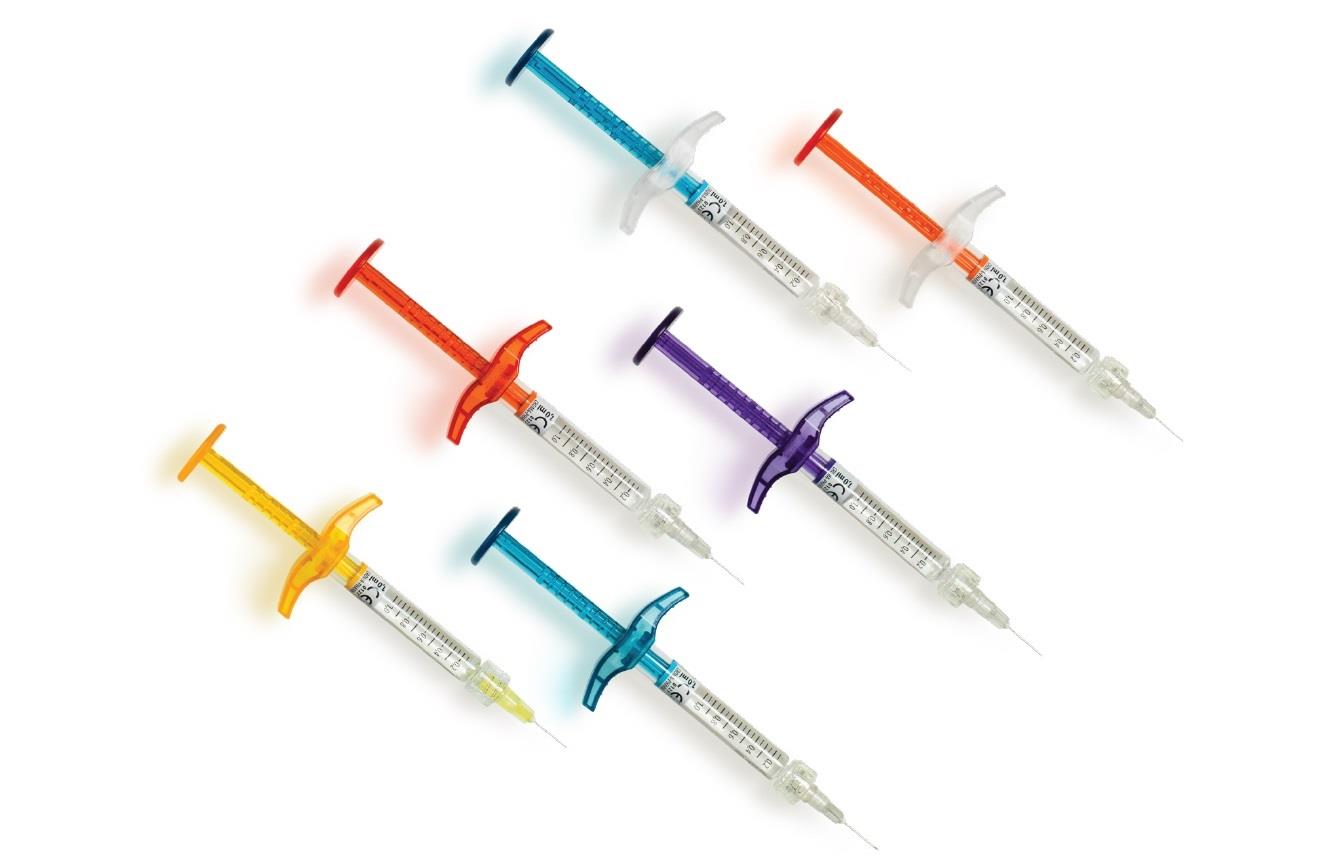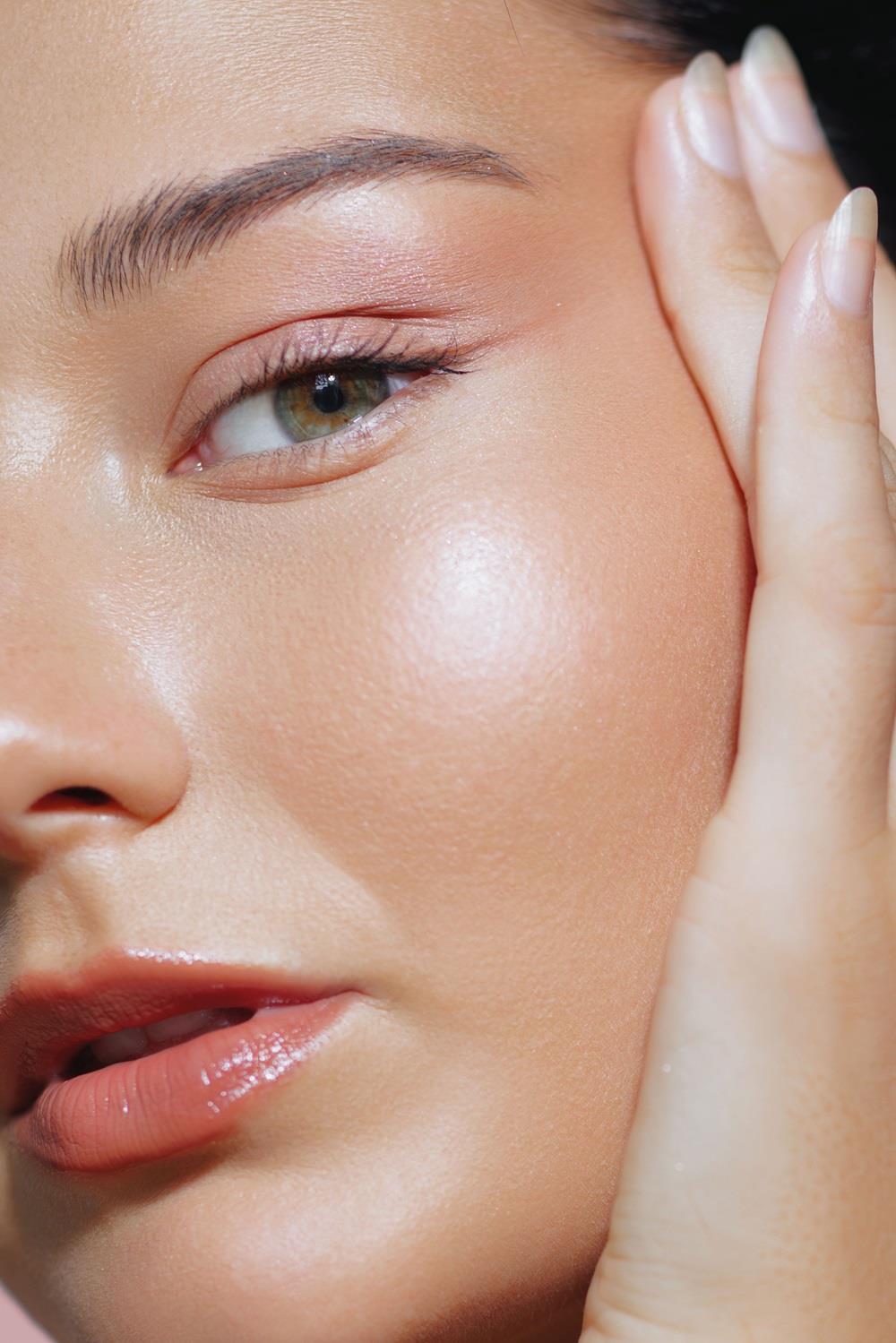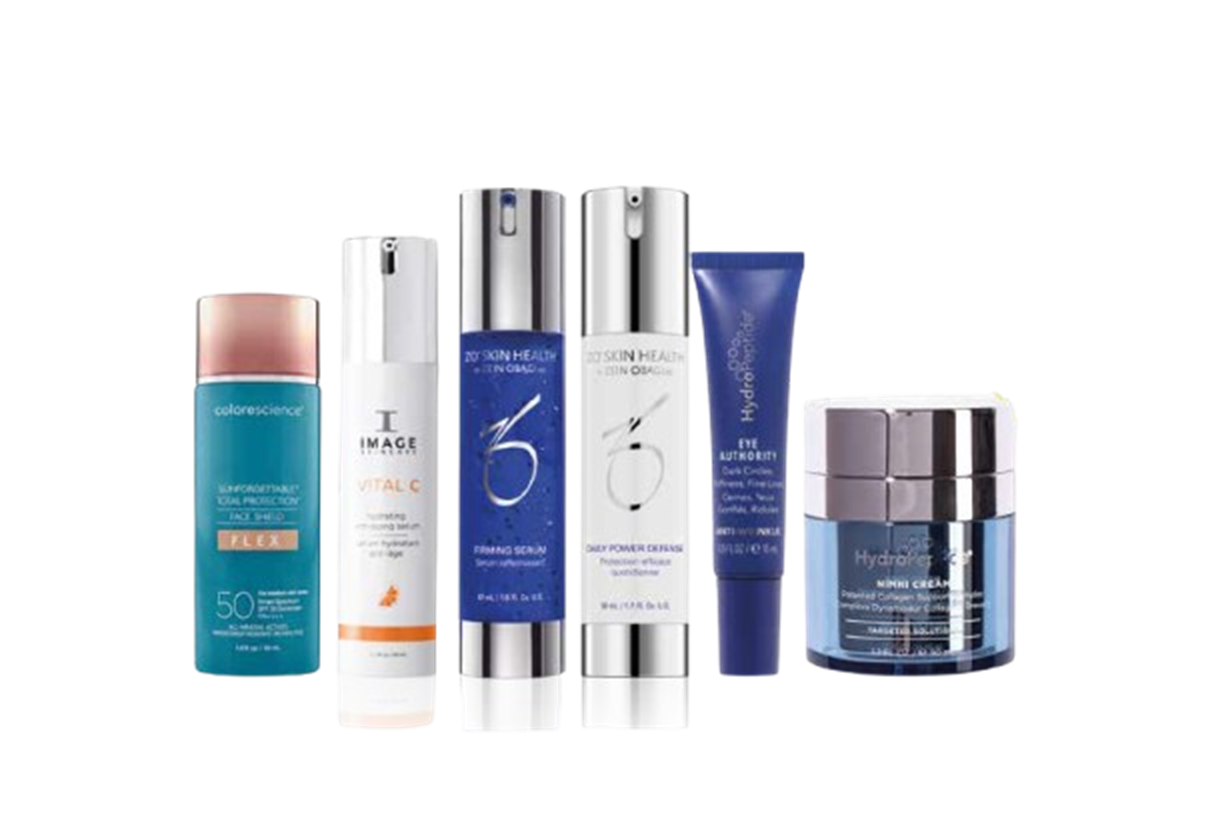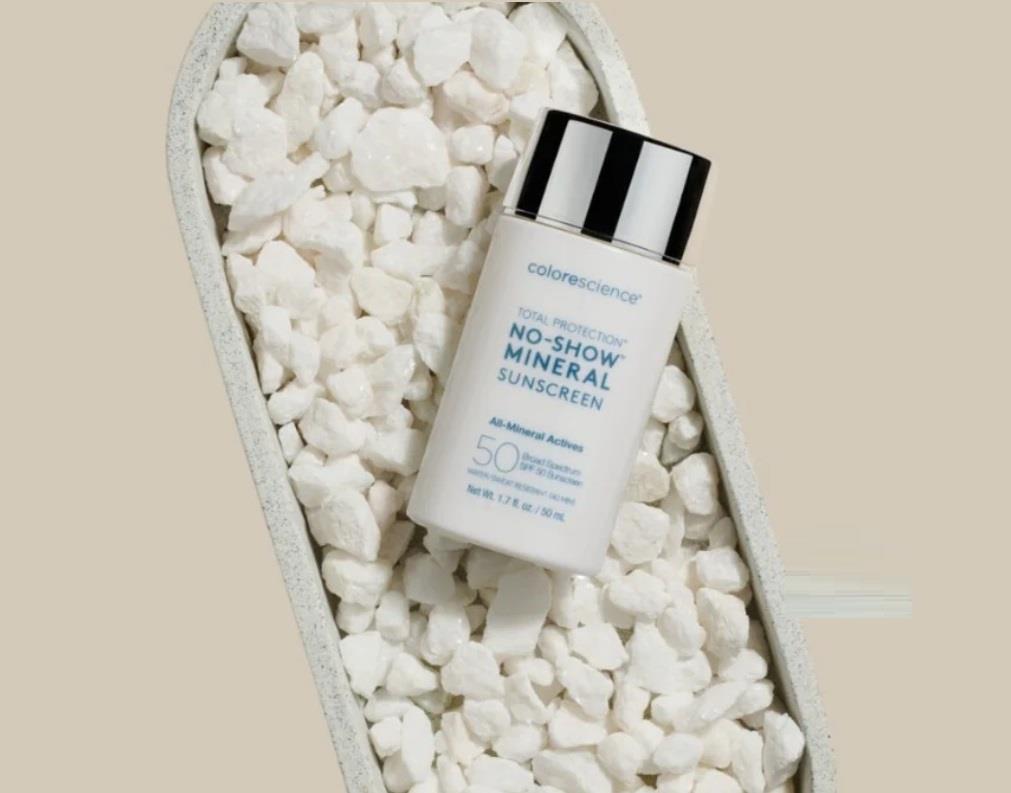
It seems appropriate with so many changes in the distribution of botulinum toxin products over the past few months to open the discussion about changing between toxins. Over the last 11 years I have had a firm favourite toxin, however I have also been put in situations where it has been necessary to use alternative products. Initially I was concerned about changing between brands as they had been documented to behave differently. However, I soon realised that as long as I prepared the toxin appropriately for use and diluted the toxin using the correct bacteriostatic saline dose it was a fairly seamless transition.
Reasons for moving between toxins
• Patient resistance
• Wish to use lower protein-based toxin
• Ability to refrigerate toxin
• Clinic procedure and product stock
• Changes in distribution and ordering procedure
Conversion
I was recently at a conference where the use of different toxins was discussed. There were many questions about conversion and there is a very easy transition between the 100 unit toxins and the Speywood units that I can share with you.
As we are all aware every patient is different and the dose of toxin that a patient needs to make the effective muscle weakness is variable. We can however generalise as 100 unit toxin doses are often injected in 1, 2, 2.5 and 4 or 5 unit bolus and speywood unit doses are generally 2.5, 5 and 10 units.
For argument's sake the ratio is roughly 1 unit of a 100u toxin to 2.5units of a Speywood unit toxin. I am fully aware that in some patients this ratio will be different but for the sake of conversion and discussion I want to keep this as simple as possible.
This is where it gets slightly controversial.
100 unit Botox is ‘normally’ diluted with 2ml bacteriostatic saline. If we increase this to 2.5ml the ratios work perfectly and the effect is great.
As you can see from the dilutions above, the 125u toxin doses at equivalent treatment dose are delivered in exactly double the solution. This may contribute to some of the documented effects of the 125u toxin dilution effect. The results are essentially the same.
Clearly it is best to inject the toxin that you are most familiar with and to ensure the safety of your patients is primary concern. When you need to change toxin or wish to move for different reasons this chart will allow you to convert easily from one to another.
Six step aftercare
While thinking about toxin treatment it might be sensible to run through the aftercare. We have been using toxin for several decades in the facial muscles and have been able to refine the necessary aftercare instructions.
Firstly it no longer matters if your patient uses facial expression after treatment. Some companies instructed to use maximum facial expression after treatment and others none at all. Therefore, we have been able to assess the effects of this information and can be reassured that it doesn’t matter if you express your facial muscles after treatment or not.
Next we can dispel the rule about not sitting down or lying down after treatment. My gold rule is not to stand on your head for four to six hours. However, it is totally okay to sit down and fine to lie down if you need to. This mostly applies to evening patients who wish to retire when they get home.
Thirdly, I maintain that normal make up should not be applied for 12 hours. This allows the skin to heal before applying something that could be a potential infection risk. Mineral make up does not follow this rule and is absolutely fine to apply immediately after toxin injections.
My fourth tip is to recommend avoiding strenuous exercise for 24 hours and swimming for 48 hours after treatment. This allows your skin to heal before heavy sweating into the injection sites.
Next, it is good to know that it’s fine to wash your face when going to bed but best to pat skin dry rather than rubbing it. Toxin should be settled in position within an hour of injection but there are always a few exceptions to this rule and therefore it is sensible to pat skin after washing it for the two days after treatment.
Finally, the sixth piece of advice—toxin doesn’t settle well when put under stressful situations. For toxin this means facials, heat from sauna’s or steam rooms. I always advise to avoid these for two weeks after treatment to allow the toxin to settle in the best environment possible.
By following these six easy steps after toxin treatment your patients will get the best from their treatment.
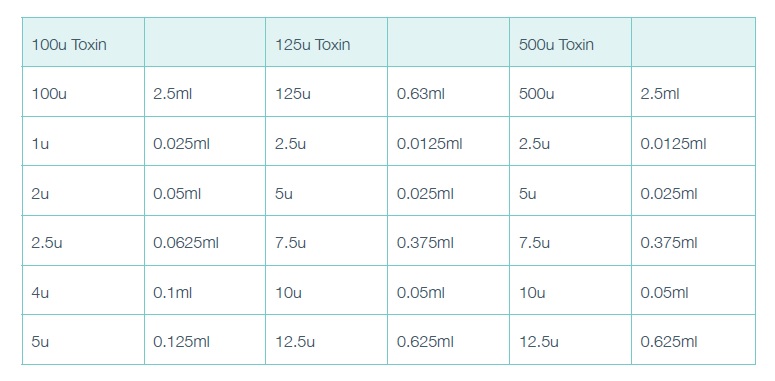
Dr Anna Hemming is a cosmetic doctor with over 11 years experience in medical aesthetics. She is the owner and medical director of Thames Skin Clinic in Twickenham and associate doctor at Cranley Clinic on London’s Harley Street. She is a fully trained GP and has hospital based surgical, anaesthetic, gynaecology and acute medical and emergency medicine experience as well as five years as an army doctor. Dr Hemming studied the use botulinum toxin as an anaesthetist as well as more recently in the aesthetic specialty. She speaks at aesthetic conferences worldwide about injectable treatments as well as other areas of aesthetic medicine.
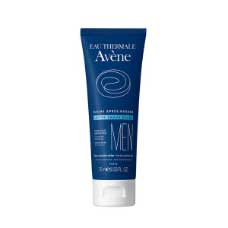
 Added to basket
Added to basket

 Unapplied Changes
Unapplied Changes


